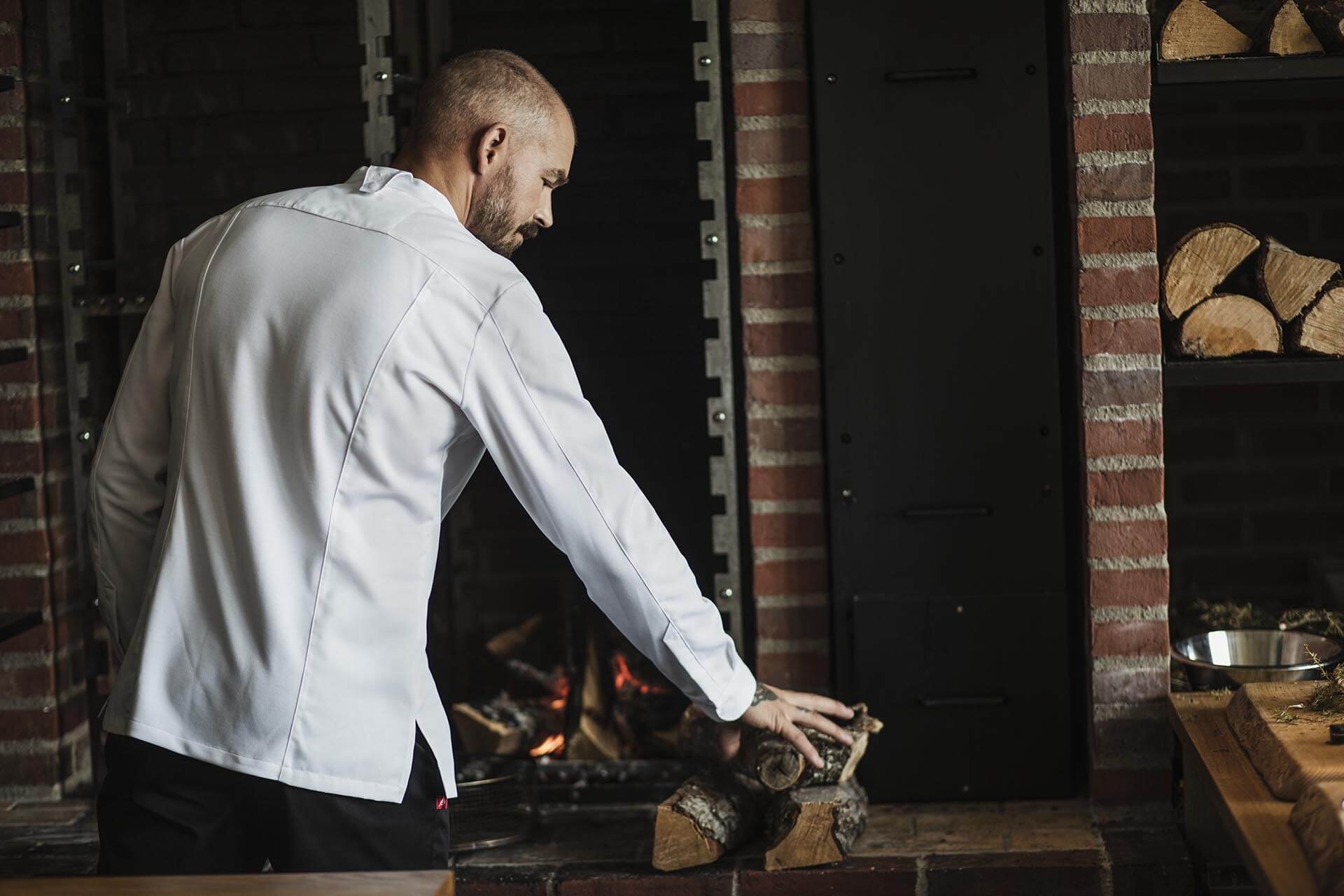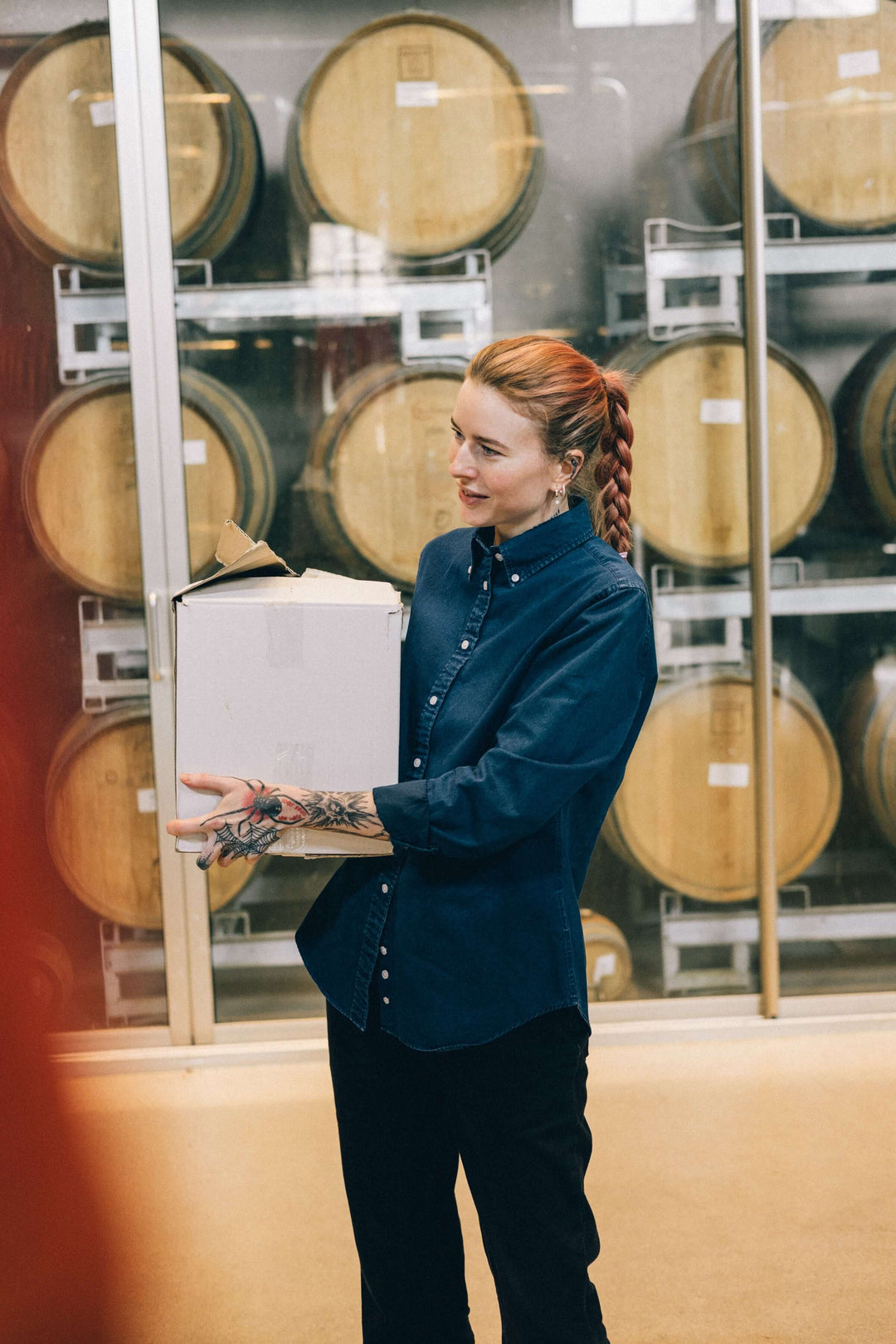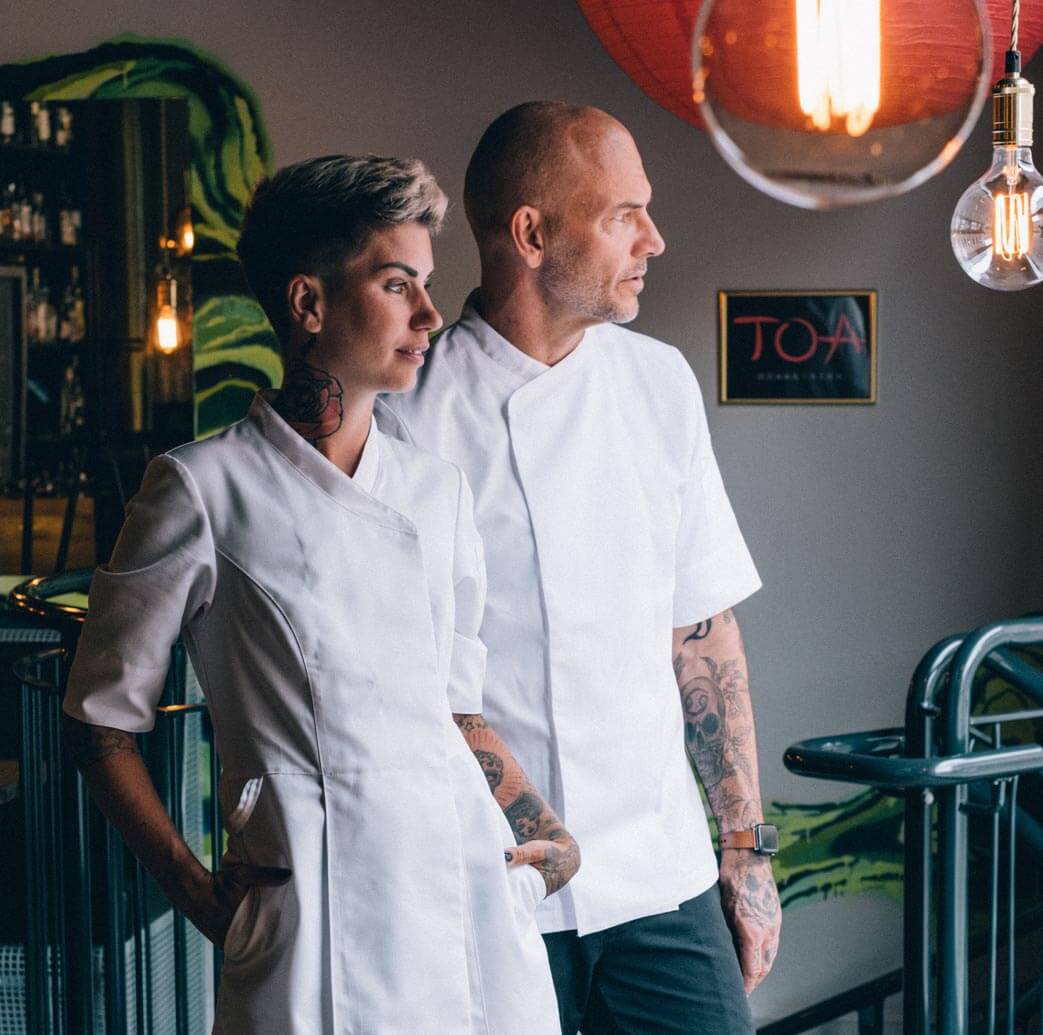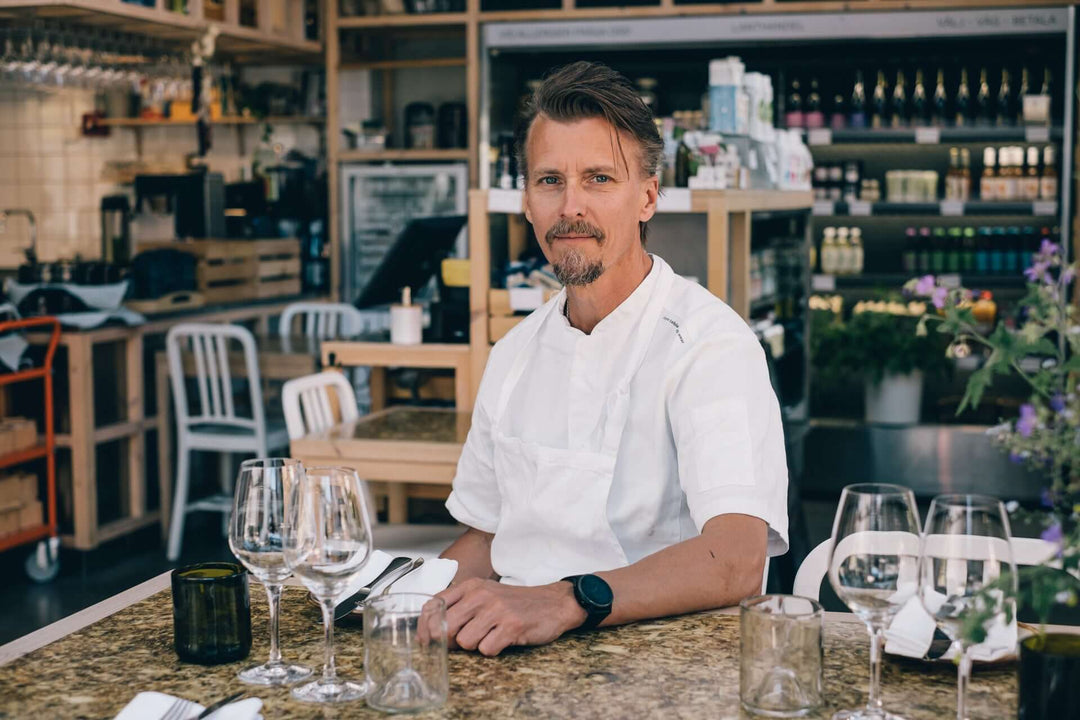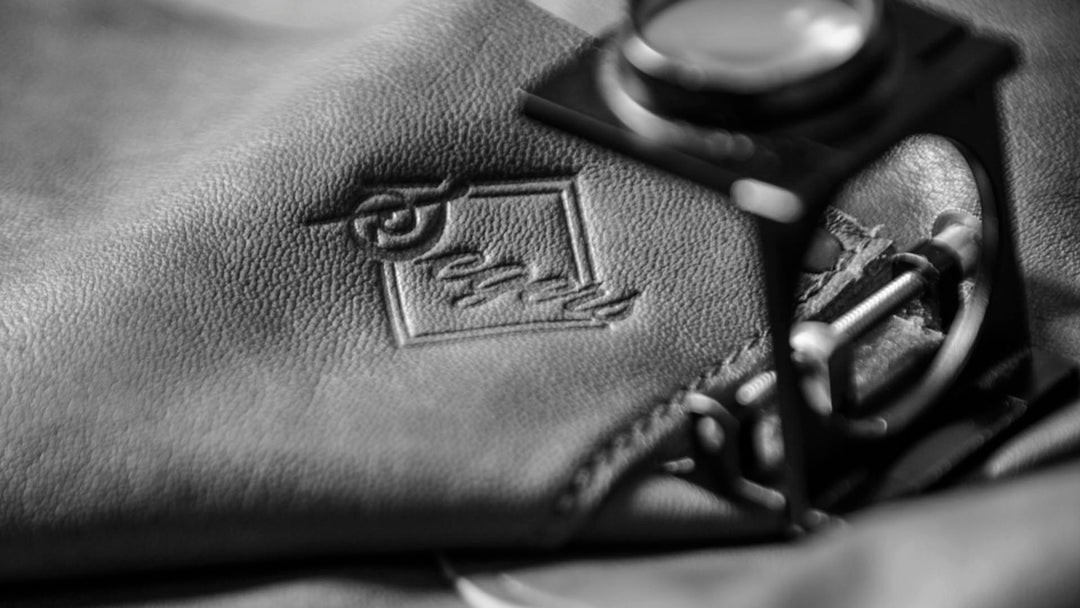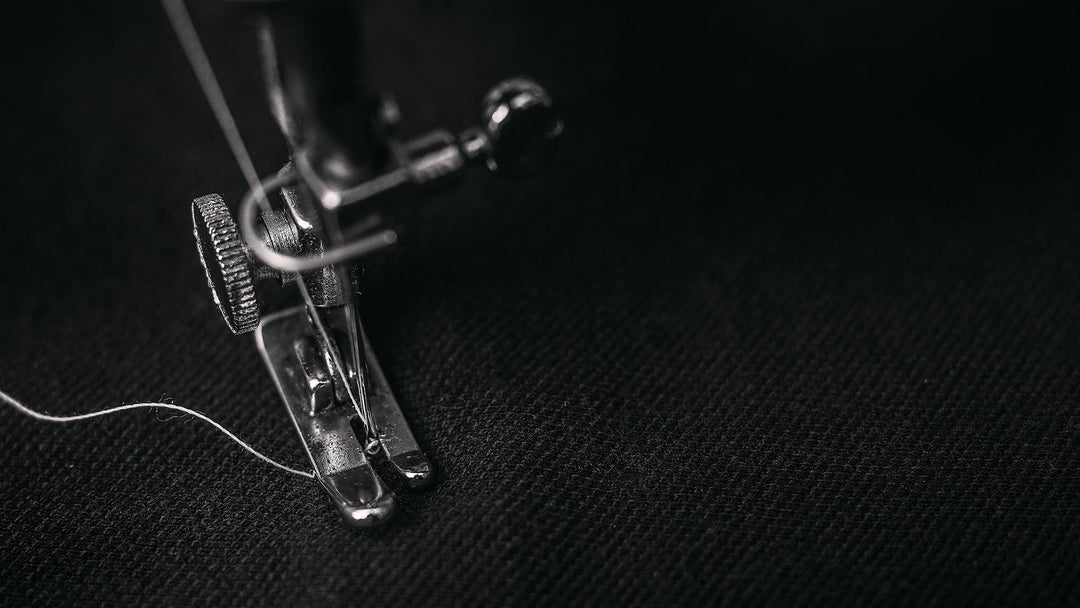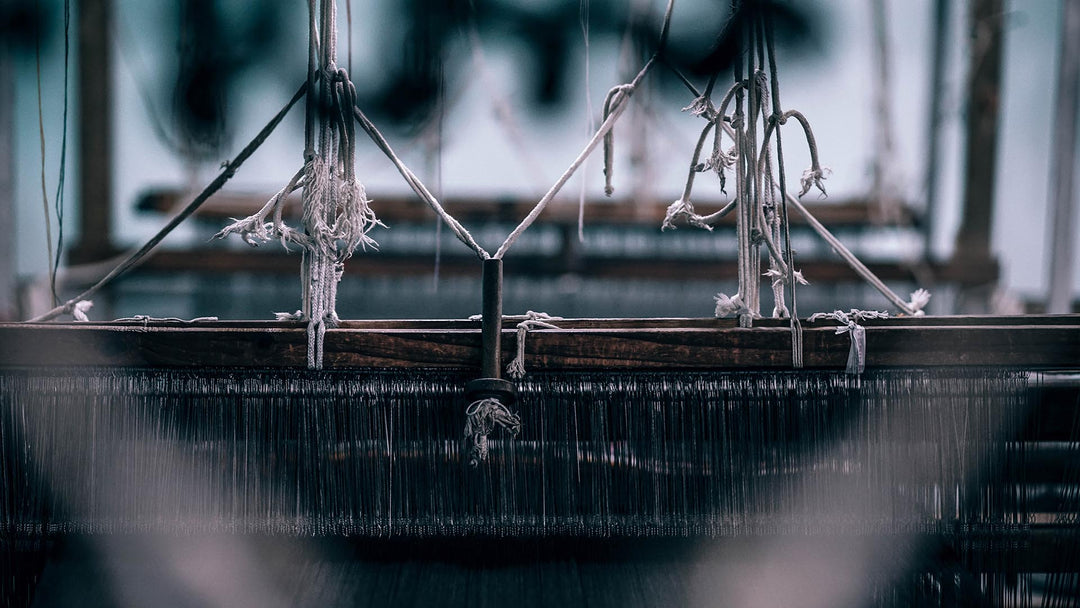This year marks exactly 200 years since Marie-Antoine Carême set the standard for how a chef should be dressed behind the stove. After a sensational career in the kitchens of, among others, Emperor Napoleon, the British Crown Prince George IV, and the Russian Tsar Nicholas I, he launched his ideas about how the chef should dress. A style that has survived right up to today.

The king of chefs or the chef of kings – when it comes to Marie-Antoine Carême (1784-1833), both claims are equally fair. He was one of the first to practice haute cuisine in the fine salons and at the same time became one of the very first real celebrity chefs, but perhaps it is the chef's coat that has become his clearest signature. We had a chat about both Carême and the history of the chef's coat with Øyvind Andersen, an expert in gastronomic history and a food subject teacher at Hoeggen Ungdomskole in Trondheim.
A career takes off
In 1794, when the French Revolution was at its worst, the time had come for the then ten-year-old Marie-Antoine Carême to leave home and begin the journey to becoming an adult man. His father had managed to find an apprenticeship for him with one of Paris's foremost pâtissiers, Sylvain Bailly, with a bakery in the more fashionable quarters of the French capital, Øyvind explains.
Bailly took Carême under his wing and taught him everything he knew. They worked with large spectacular pastries in meringue and marzipan that took on almost sculptural forms. It must have been a fantastic experience to walk past their shop window.
However, the security with Bailly soon came to an end. As a fully trained pâtissier, Bailly sent Carême out with the words "now you have learned everything you need to manage in the world." If only Bailly knew how right he would be.
Wedding cake for Napoleon
Carême did open his own bakery in central Paris, but it was just as common for talented cooks to take employment with prominent families or institutions. He soon began freelancing for the city's more privileged families, and it was not long before he became a star in Paris's culinary sky. Among other things, he had the honor of delivering the wedding cake for Emperor Napoleon's wedding.
Alongside life as a pâtissier, he also took the opportunity to learn the chef's trade entirely on his own. But it was the position with the French Foreign Minister Talleyrand that really gave Carême a springboard out into the world. During the Congress of Vienna, when Europe's map was to be redrawn after the devastating French Revolution, the Napoleonic Wars, and the dissolution of the Holy Roman Empire, Talleyrand refused to start negotiations until Carême was in the kitchen. "You cannot conduct successful diplomacy with bad cooking." According to legend, it was also thanks to Carême that France came out so favorably from the negotiations, despite initially being the big loser.
Carême became a rock star of the kitchen, much like we celebrate the very best chefs today. After his service with Talleyrand, he went on to work for, among others, England's Crown Prince George IV, the Russian Tsar Nicholas I, and the world's then foremost banker Baron de Rothschild. These assignments built his status as an international chef, but at the same time, Carême carried both a worry and a restlessness that constantly brought him back to his homeland and new projects in the culinary world, Øyvind explains.
The book that started it all
In 1822, Carême released the book Le Maître d'Hôtel Français – and it is thanks to this writing that chefs of posterity look the way they do today. In the book, he carefully outlines a standardized dress code for the profession he loves. The chef's coat, or perhaps the more accurate description Chef's uniform, was born.
With the book, Carême wanted to set a standard, not only for the chef's uniform but for an entire culinary school. He designed kitchen tools, changed the shape of pots, and worked out sketches of how the chef's hat should look, Øyvind explains.
By the way, the chef's hat was for many years a white cap, a kind of hanging nightcap. Legend says that Carême saw a kitchen girl wearing a stiff white hat behind the stove in one of the kitchens he worked for. Her hat is said to have given him the idea to mount a piece of cardboard inside the traditional hat to get a more stylish appearance. The design also helped to get fresh air into the hat, as chefs of the time often complained about sick air – "l'air de malade" – inside the hat.
In the book, there is an illustration where two chefs stand next to each other, dressed in white hats, double-breasted coats, and aprons tied around the waist.

There are many theories about why his uniform looks the way it does, but one rumor says that it was at the court of Tsar Nicholas I in Saint Petersburg that Carême got his idea. The Tsar was often surrounded by his brigadiers, and there are actually a few pictures left showing how they were uniformed. Elegant double-breasted coats with high collars and hats – all in white. It is hard to prove, but in my opinion, that hypothesis feels reasonable, says Øyvind.
White chef's coat takes over the world
The big commercial breakthrough for Carême's ideas, however, came only in the 1870s, when technological development in the textile industry made it possible to mass-produce clothes. But unfortunately, Carême never got the chance to experience how his ideas spread around the world as he passed away at only 48 years old. It is claimed that he ended his days too early due to the poor ventilation that was often a problem in kitchens of the time, with smoke and soot from the coal beds. But his ideas, drawings, and patterns left a mark in the culinary world for hundreds of years to come. Not least with Øyvind Andersen.
Gastronomic history has always interested me, and the chef's uniform has iconic status. I myself am a trained chef, and during my studies, I became fascinated by why the chef's uniform looks the way it does and why the head chef's coat looked different from my own. He had white buttons, his name embroidered on the coat, and other details that differed from my coat. There was always something that insinuated that I was not yet at his level. In the 90s, Norwegian chefs also began experimenting with work clothes such as black restaurant clothes and the hat worn askew. I remember there were discussions in the industry that such novelties did not belong in the profession. We had always used white, hadn't we?
A study in white
The 90s passed, and Øyvind Andersen left the profession to study management and earn a Master in gastronomy at Le Cordon Bleu in Australia. In the old history books, he discovered both black and white chef's coats and felt that something was not right.
There are many historical myths and reports that only the best chefs were allowed to wear black clothes in the kitchen. One example is the very interesting chef and innovator Alexis Soyer, who in 1837 became chef de cuisine at the Reform Club, a private gentlemen's club in London. The club and the black-clad chef are also mentioned in Jules Verne's book Around the World in 80 Days, Øyvind explains.
My first hypothesis was to disprove the myth that the classic chef's coat has always been white, but the most interesting aspect was really the uniform perspective and the hierarchical symbols. How do you show that someone holds a higher rank than others?
A feeling of belonging to something bigger
In 2004, Øyvind Andersen wrote the thesis The Evolution of the Chef Uniform at the University of Adelaide, and in 2019 he completed his master's degree with the thesis Kokk, alltid kokk – Fagtradisjon, uniformering og dannelse av identitet.
The master's study showed that the chef's uniform is a strong cultural carrier that gives both confirmation to the wearer's identity while sending signals to the outside world. Although the pride of wearing the chef's uniform appeared at different times for the people I interviewed, everyone remembered the occasion when they first got to put on the chef's uniform. It carries a kind of silent competence and a feeling of belonging to something bigger, Øyvind says.
Today, Øyvind Andersen is back in Norway and works as a matfag teacher at Hoeggen Ungdomskole. But how cooking and restaurant culture have changed over the years still interests him – not least when he gets to experience it through his students.
What is it that really makes a chef? When my students get to put on the chef's uniform for the first time, some of them immediately stand a little straighter. At the same time, there are professional chefs who prefer to work in shirt and apron but later return to the more traditional style. You might see it as a kind of refreshing expression of youthful rebellion.

Segers celebrates the 200th anniversary with a new chef's coat
For almost 80 years, Segers has worked on producing stylish and functional work clothes, often inspired by the tradition that followed from Carême's ideas. Now a completely new anniversary coat based on details from the more classic cut is also being launched.
The chef's coat is a unique work uniform that has an almost iconic place in history. Now that it is turning 200 years old, we were excited to go back to the roots and see how we can combine tradition with modern function. With our new anniversary coat, we have incorporated selected details from Carême's ideas and given it a classic elegant look with today's needs and sustainability in focus, says Peter Frank, product manager at Segers.

Modern and sustainable twist on a classic uniform
The new coat will have, among other things, an exclusive, well-tailored fit with stretch details in jersey for maximum comfort. Other details such as a low classic collar and double-breasted closure are also visible. Carême's ball buttons from the 1800s have, however, been replaced by easy-to-handle snap buttons.
We have also deepened our collaboration with textile suppliers to guarantee that the product is made from sustainable materials. In this anniversary coat, we have used traceable and recycled polyester, Lyocell from sustainably produced wood, and recycled cotton. We have also used Tencel, which has helped us reduce CO2 and waste emissions and limited how much energy and water has been used in production, Peter says.
We have started from history and added all our knowledge and experience regarding sustainability and how today's chef wants to work in the kitchen.
The Norwegian national chef team in full gear
The premiere of the new-old chef uniform takes place in Trondheim at the end of September. Then both the Norwegian junior and senior chef teams will meet at a banquet to celebrate the uniform's 200th anniversary.
The last week of November, the two Norwegian chef teams will also travel to the World Championship in team cooking in Luxembourg. In their bags, the new chef coats 1004/1007 will be packed.


